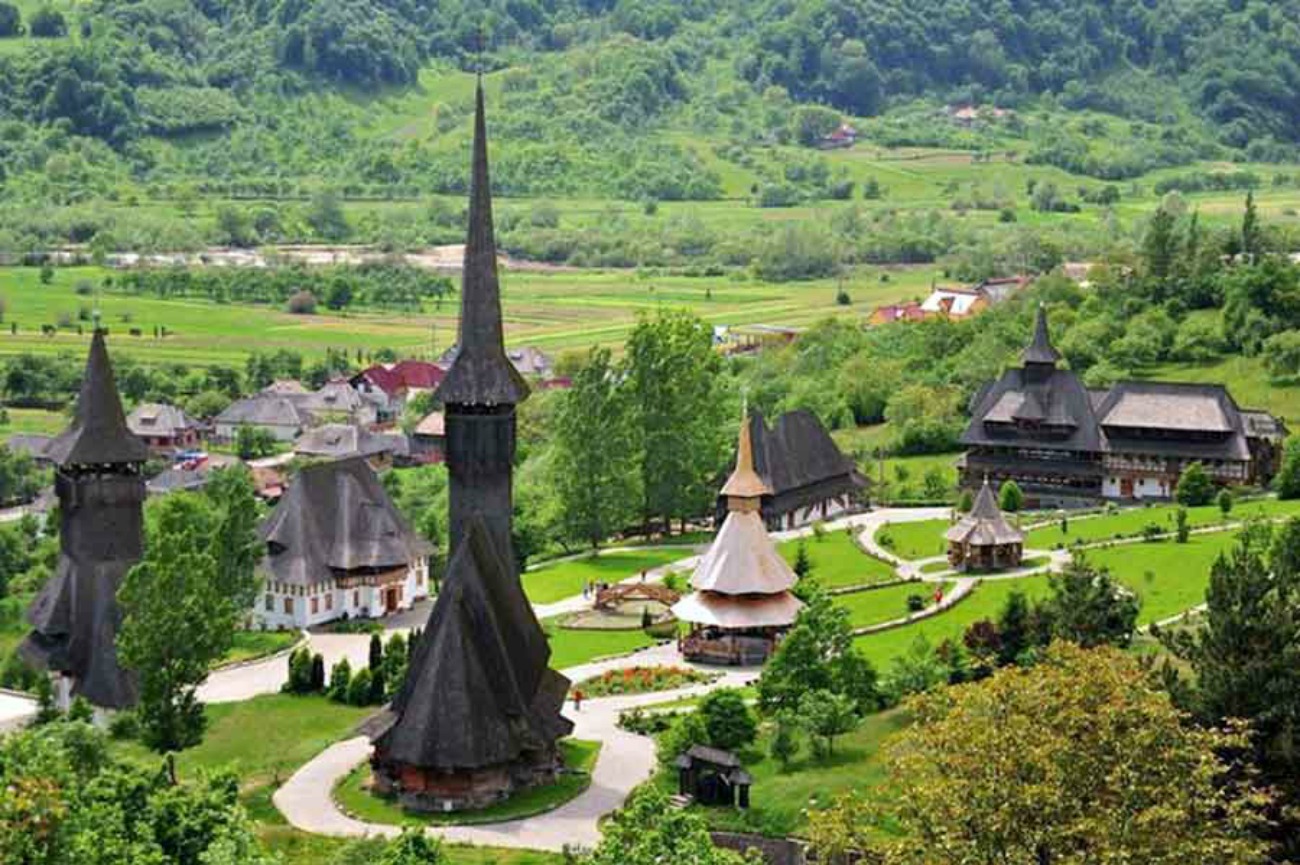sickofyourcrap.com – Nestled in the northernmost part of Romania, Maramureș is a region that encapsulates the very essence of the country’s cultural heritage, natural beauty, and historical depth. Often referred to as the soul of Romania, Maramureș is a place where time seems to have slowed down, allowing visitors to immerse themselves in a world that is rich in tradition and untouched by modernity.
The Land of Wooden Churches
One of the most striking features of Maramureș is its collection of wooden churches, which have been recognized by UNESCO as a World Heritage Site. These churches, built between the 17th and 19th centuries, are not only architectural marvels but also symbols of the region’s deep religious faith. The intricate woodcarvings and the churches’ harmonious integration with the surrounding landscape make them a must-see for any visitor.
The Living Museum of Traditions
Maramureș is a living museum of traditions, where age-old customs are still practiced with the same fervor as centuries ago. The region is famous for its merrymaking, especially during Easter and Christmas, when locals engage in folk dances, wear traditional costumes, and sing songs that have been passed down through generations. The Maramureș County Museum in Sighetu Marmației offers a glimpse into the life of the region during the communist era, providing a poignant contrast to the vibrant culture of today.
The Natural Beauty
The natural landscape of Maramureș is as diverse as it is breathtaking. The region is home to the Maramureș Mountains, which offer excellent hiking opportunities and stunning views. The Iza and Mara rivers meander through the valleys, creating a serene environment that is perfect for relaxation. The region’s villages, with their traditional houses and horse-drawn carts, add to the picturesque scenery, making Maramureș a photographer’s paradise.
The Warmth of the People
Perhaps the most enchanting aspect of Maramureș is its people. Known for their hospitality and warmth, the locals are always ready to share a story, a meal, or a song with visitors. Staying in a guesthouse or attending a local festival is the best way to experience the genuine spirit of Maramureș. The region’s cuisine, which includes dishes like mămăligă (polenta), sarmale (stuffed cabbage rolls), and ţuică (plum brandy), is another way to connect with the local culture.
The Historical Depth
Maramureș is a region with a rich history that dates back to ancient times. The Merry Cemetery in Săpânța, with its colorful crosses and humorous epitaphs, offers a unique perspective on death and the afterlife. The Prislop Monastery, founded in the 14th century, is a testament to the region’s spiritual heritage. And the Bear Sanctuary in Zarnesti, while not in Maramureș, is a reminder of the region’s commitment to conservation and the protection of wildlife.
Conclusion
Maramureș is more than just a region; it is the soul of Romania, a place where the past and present coexist in harmony. It is a land of natural beauty, cultural richness, and historical depth, where every village, every church, and every person tells a story. For those seeking an authentic experience of Romania, Maramureș is a destination that promises to touch the heart and leave a lasting impression.
